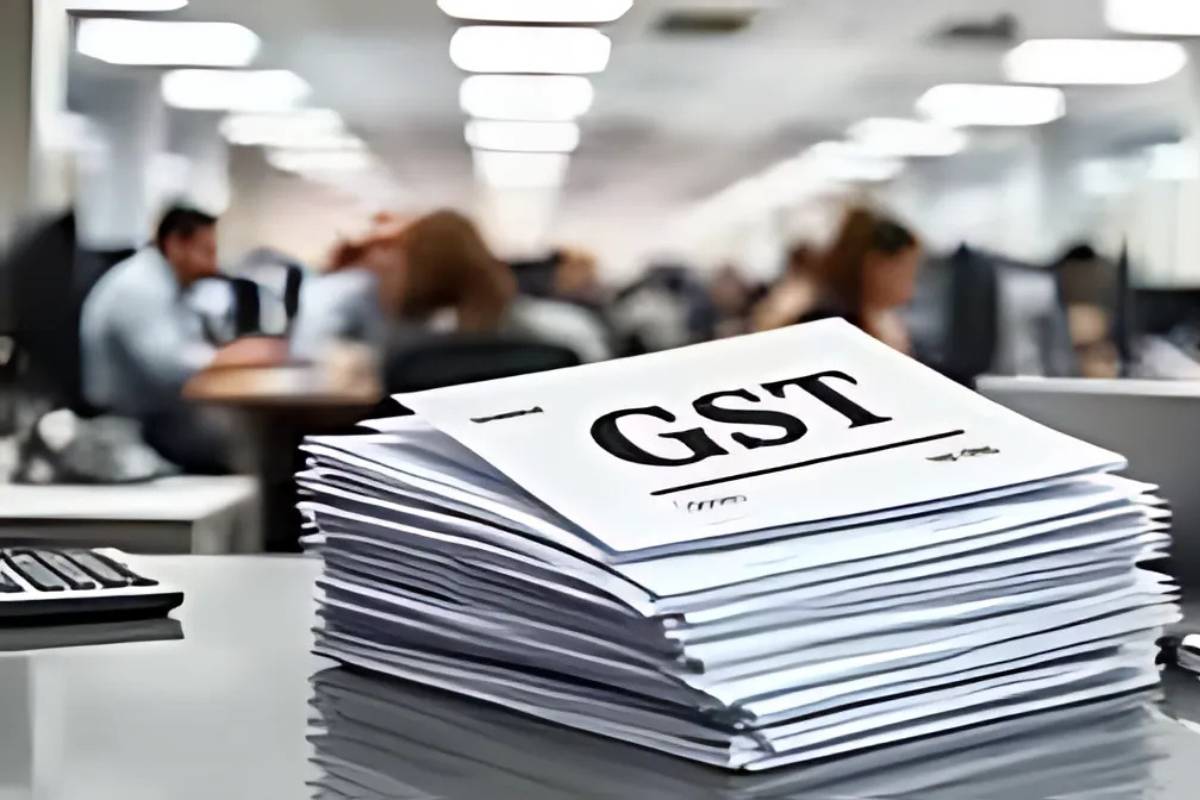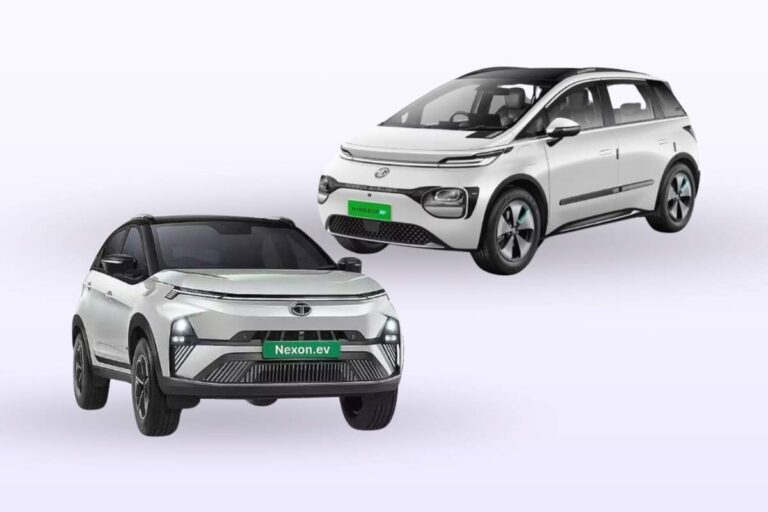FADA says that tax cuts in India are driving up car sales during the holiday season.
India’s car industry is going through a huge change as the government’s historic GST cuts get ready to bring about what industry experts are calling the best holiday season in years. The Federation of Automobile Dealers Associations (FADA) says that smart tax cuts will send car sales through the roof during the upcoming holiday season.
GST 2.0 Structural Changes Impact Market Dynamics
The GST Council’s big changes, called “GST 2.0,” have completely changed the way India taxes cars. As of September 22, 2025, the tax rate on small cars and motorcycles with engines smaller than 350cc will drop from 28% to 18%. At the same time, larger cars and SUVs will have a single 40% GST rate, getting rid of the old complicated cess structure that made total taxes as high as 50%.
This isn’t just a small change; it’s a whole new way of thinking about how India taxes mobility. The new system makes what used to be a confusing maze of rates and extra fees into a clearer, more predictable structure.
Record-Breaking Holiday Sales Predictions
FADA’s predictions are truly amazing. The group thinks that more than 5.2 million cars will be sold during the 42-day holiday period. That’s a huge 20% increase from the same time last year, when 4.28 million cars were sold. FADA President C.S. Vigneshwar said that “dealers are confident that September will mark the start of an accelerated growth cycle, driven by both policy tailwinds and festive fervor.”
The numbers tell a very interesting story:
- Prices are going down by ₹40,000 to ₹1.55 lakh in the mass market
- Luxury cars see reductions of up to ₹30 lakh
- Real money back in people’s pockets affects buying decisions immediately
Consumer Behavior Changes and Market Response
The tax cuts have made the market very interesting. Sales in August actually went down for a short time because people put off buying things until the lower rates went into effect in September. This “wait-and-see” strategy shows how much Indian consumers care about prices.
India’s biggest carmaker, Maruti Suzuki, saw sales in India drop 8% in August to 131,278 units. Sales of entry-level models fell a shocking 36% from the same month last year. But dealers aren’t worried; they’re getting ready for the rush.
Inventory Management and Supply Chain Readiness
The industry is trying to find a balance between keeping track of current inventory levels and getting ready for the expected surge in demand. There are about 600,000 passenger vehicles in stock right now, and there are between 280,000 and 450,000 two-wheelers in stock.
In August, the average time spent in a showroom rose to 56 days, which is much longer than the suggested maximum of 21 days. But this buildup of inventory might actually help dealers as demand picks up.
Luxury Segment Transformation
The luxury car market is changing the most quickly. Mercedes-Benz India thinks this holiday season will be their “best-ever,” and they are already lowering prices to reflect the benefits of the GST. BMW, Audi, Volvo, and Jaguar Land Rover have all changed their pricing so that customers can get the savings right away.
A high-ranking JLR official said, “The demand is good.” Jaguar Land Rover is waiting for the new prices to start on September 22, but it has already started selling off its stock at the new GST rates. This proactive move shows that manufacturers are very sure that demand will pick up again.
Regional Market Dynamics and Dealer Sentiment
After the GST announcement, dealers all over India are seeing more bookings than ever before. “This will be a record year,” said a dealer in Raipur who runs Honda and Tata Motors stores. We just told customers about the GST cut, and we’ve already seen a big increase in demand and bookings.
It’s amazing how far optimism has spread. From big cities to smaller ones, dealers are getting ready for what could be a big change in sales.
Industry Challenges and Concerns
Even though everyone is very optimistic, the industry has some big problems to deal with. FADA has raised serious concerns about the ₹2,500 crore worth of compensation cess credits that dealers have in their electronic ledgers right now. The new GST structure gets rid of cess, which means that these credits might not be usable anymore, putting dealerships’ working capital at risk.
FADA President Vigneshwar wrote to Finance Minister Nirmala Sitharaman and said, “Without a transitional pathway, credits risk lapsing, which would cause an unintended, permanent loss and a sharp working-capital shock for compliant MSME dealerships.” If this problem isn’t fixed quickly, it could make dealers less excited.
Vehicle Category Impact Analysis
The changes to the GST will have different effects on different types of vehicles:
- Two-wheelers with engines up to 350cc become much cheaper for rural and urban consumers
- Three-wheelers, ambulances, and small passenger cars benefit from the reduction
- Electric vehicles maintain a lower 5% GST rate as part of the government’s clean transportation initiative
This smart choice makes sure that the EV transition pathway stays appealing even as regular cars get cheaper.
Manufacturing and Production Readiness
To meet expected holiday demand, original equipment manufacturers (OEMs) are increasing their production capacity. The Ministry of Heavy Industries has told manufacturers to clearly show the difference between old and new prices in showrooms. This will make the price reduction process more open.
Several big companies, including the “big four” – Maruti Suzuki, Mahindra & Mahindra, Hyundai Motor India, and Tata Motors – are changing how they send cars to dealers. These four companies control 80% of the market. In August, combined sales to dealers fell by 8.7%, which suggests that the company is strategically rearranging its inventory before the holiday rush.
Economic and Policy Implications
The GST 2.0 changes are more than just changes to taxes; they show that India is changing how it taxes cars. The government is making mobility more accessible to everyone by making the structure simpler and lowering the prices of mass-market vehicles.
Rajesh Jejurikar, the Executive Director and CEO of Mahindra’s Auto & Farm Sector, said that GST 2.0 is “a landmark, people-first reset that will have a far-reaching positive impact across the automotive and farming sectors.” This feeling shows that the industry as a whole values consistent policies.
Market Outlook and Sustainability
Analysts think that sales will keep going up even after the holiday season is over. Price rationalization, strong pre-bookings, and positive consumer sentiment all work together to create a base for long-term growth. This positive outlook is backed up by the recovery of rural demand, activity in infrastructure, and a strong pipeline of new launches.
Experts in the field say that advertising spending during the holiday season will go up by at least 20% compared to last year. This shows that manufacturers are confident that demand will pick up again. This marketing investment should make price cuts have a bigger effect on how aware consumers are and what they buy.
The 2025 holiday season looks like it could be a turning point for India’s automotive industry, thanks to GST 2.0, which could lead to the best sales in a long time. As September 22 gets closer, the combination of policy support, consumer demand, and industry readiness makes it likely that FADA’s big predictions will come true.






















